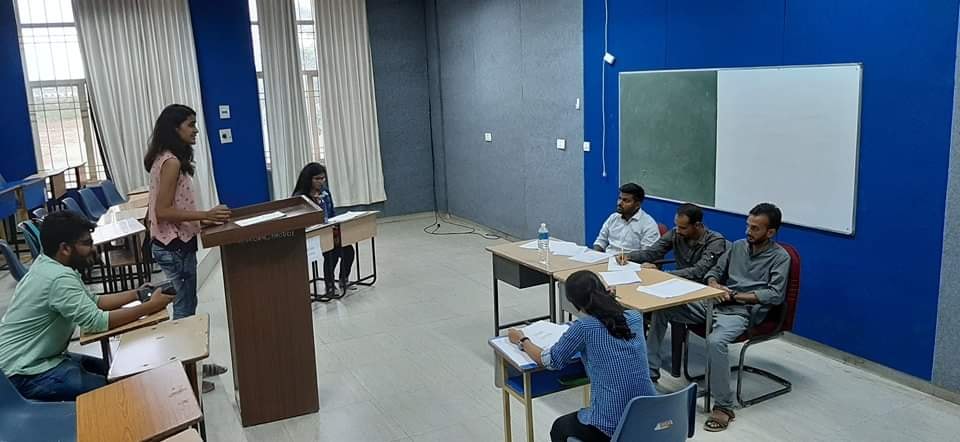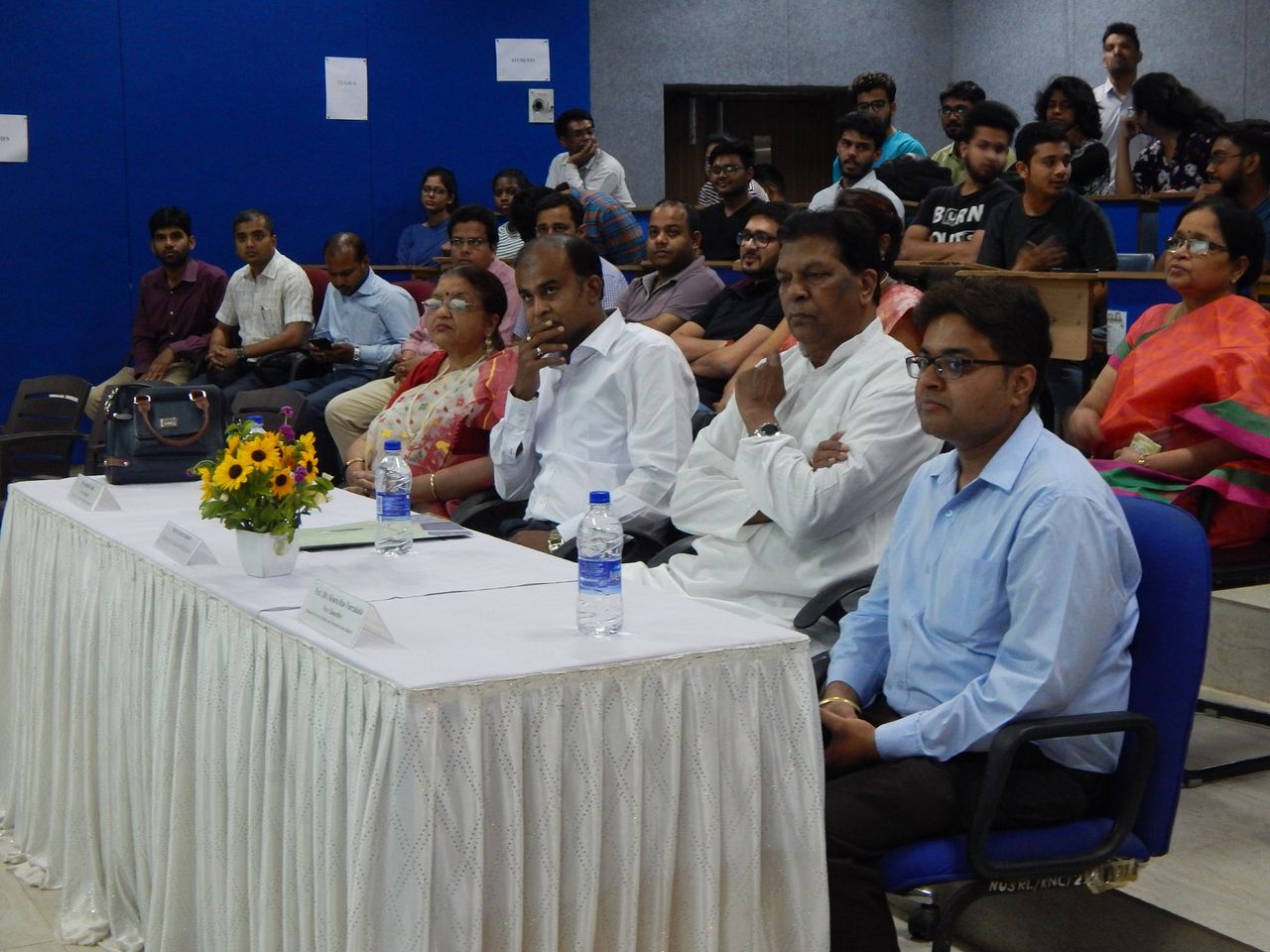Author: Smita Kumari is a 2nd-Year student at Ram Briksh Benipuri Mahila College, Muzaffarpur, Bihar.
Introduction
On the court’s recommendation in the case of Ram Babu Mishra v. State of Uttar Pradesh, where the court thoroughly examined the necessity for enacting legislation along the lines of Section 5 of the Identification of Prisoners Act, Section 311A of the CrPC, which focuses on the magisterial power of ordering the specimen signatures from the accused and ‘any other person’, was introduced to the CrPC. Even though Section 73 of the Indian Evidence Act has a very similar provision, the Supreme Court has decided that when a matter is still being investigated and there is no court hearing, the accused cannot be asked to give a sample handwriting. As a result, the court in Ram Babu suggested the introduction of appropriate legislation because the Evidence Act’s section provided the court authority instead of the investigating agency, as reiterated by the 87th Law Commission Report, after which the section was finally added to the code through the Criminal Procedure (Amendment) Act, 2005.
Mandatory Arrest
Section 311A of the CrPC requires that the individual be arrested at any moment and requested to show their handwriting and specimen signatures. The clause clearly states that “no order under this provision may be imposed unless the individual has already been arrested in connection with the investigation or action in question.” Although, according to the 87th Law Commission Report, the legislative intent behind drafting the said section was to ensure that no one other than the accused is wrongfully infringing on their privacy unless the person is a suspect in the case, which means that the person has been arrested at some point during the investigation or trial, the provision can be interpreted in a different way. The mandatory requirement of arresting a person before having the opportunity to examine their handwriting or specimen signatures creates a large space for pre-trial detention or unnecessary arrests, which hinders the entire goal of increasing procedural efficiency behind incorporating this section on the suggestions of the Honourable Apex Court.
The question of whether this requirement is mandatory was taken into account by the court in the case B.C. Radhakrishnan & ORS, where the court accepted that a thorough reading of the proviso reveals that the arrest of the accused in connection with the investigation or litigation of the case is required for the magistrate to exercise his or her authority under Section 311A CrPC. The proviso limits the magistrate’s power under the Section, enabling it to be utilised only in cases where the accused individual has been arrested in connection with such an investigation or proceeding.
Scope of ‘Arrest’ Under Section 311A CrPC
The Himachal Pradesh High Court extensively discussed the meaning of ‘arrest’ for the purpose of this section in the case of Naginder, where the court, citing the judgement of the Apex Court in the case of Deepak Mahajan (1994), stated, “An arrest, when used legally in the process surrounding criminal offences, is the taking of a person into custody by a legal authority with the intention of holding or detaining him to answer to a charge of a crime. The court went on to explain the custodial conditions (police and judicial custody) for arrest, which do not need to be supported here. With this background, the Madras High Court considered the issues mentioned above in the case of Babitha, where the court expressed its dissatisfaction with the Delhi High Court’s decision in Sapan Haldar vs. State, where it was held that the police’s power to obtain handwriting samples or specimen signatures was solely limited to the magistrate and that arrest was compulsory for the purpose of this section. However, the Madras High Court ruled that interpreting this clause in such a rigorous manner would defeat the entire purpose of the section, which was to improve procedural efficiency. The court made a key point, saying, “But, as stated in Joginder Kumar v. State of Uttar Pradesh, it is common knowledge that an arrest is not always required. If the police need to get sample handwriting and signatures under Section 311A, they will have to arbitrarily arrest the person.”
Following the regulations and directions made in the cases of Joginder Kumar and Arnesh Kumar suggests that the procedure of arrest for criminal crimes is inherently loaded with legal obligations. If Section 311A is construed to necessitate an arrest, it will make it more difficult for the judiciary to achieve the section’s goals while also opening the door to unwarranted police arrests. In the landmark case of Kathi Kalu Oghad, the court made an important observation in this regard: “the specimen handwriting and the impressions of the accused person’s fingers, palm, or foot will only implicate him if the identification of the two sets can be proven through comparison with other handwritings or impressions. These handwritings or impressions neither tend nor serve to implicate the accused.”, the question that must be taken into account is whether it is truly ‘necessary’ for the police to ‘arrest’ a person for the sake of this clause, when it is clear that the ultimate objective of the section can be accomplished without mandating this requirement as well.
Pretrial Detention and the Right to Liberty
Another topic of concern is pre-trial detention, which poses serious challenges to the accused or suspect’s fundamental right to life and liberty under Article 21 of the Indian Constitution. It has also been noted that the formal procedure of arrest is time-consuming, and if this strict interpretation of the code is accepted, police will inevitably make unnecessary and unwarranted arrests and violate people’s liberty solely for the purpose of obtaining handwriting samples or specimen signatures. The courts’ concern caused them to issue anticipatory bail to the accused, who face the immediate possibility of arrest, notwithstanding their readiness to provide specimen signatures and handwriting samples. In all of the aforementioned situations, the courts have generously construed the legally mandated necessity of arrest in order to preserve the rights of those involved.
In the case of Dr. Ajit Kumar Maity v. Unknown, the Calcutta High Court granted anticipatory bail to the aggrieved, holding that “We are incapable of holding that the petitioner, inter alia, should be detained in connection with the ongoing investigation solely for the purpose of providing a specimen signature; if the petitioner’s signature specimen is still required, it can be obtained later in the presence of a qualified judicial magistrate.”. Similarly, in the case of Bagathi Vijaya Lakshmi v. Hanumanthu Venkata Sathya, the Telangana High Court decided that if the accused is arrested only for the intent of obtaining specimen signatures, even if they are cooperating to do so, “the procedural code shall subserve the ultimate end of justice. Again, in the case of Biswajyoti Chatterjee v. The State of West Bengal & Anr, the Calcutta High Court made a critical observation: “No accused who has been given anticipatory bail would cooperate with the inquiry and allow the investigating agency to come to its natural conclusion if the requirements of Section 311A of the Code of Criminal Procedure are given such an interpretation.”
The term “arrest” is frequently used in regards to the provisions of Section 311A of the Code of Criminal Procedure to help the investigating agency rather than the accused, allowing the learned Magistrate to issue an order that requires an accused who is in custody to hand over a specimen signature or handwriting without going against their (the accused’s) rights under either Article 20(3) of the Indian Constitution or the provisions of the Code of Criminal Procedure.
Conclusion
To summarise, this provision was introduced to the law to provide the magistrate with the ability to order specimen signatures and handwriting samples with the primary objective of increasing procedural effectiveness. However, a closer look at the previously mentioned judgements reveals that the court has been prone to give a liberal interpretation to the requirement of arrest under the section, recognising the clause’s ability to violate the individual’s right to liberty and its natural danger to result in unnecessary arrests. Furthermore, the entire notion of procedural efficiency is undermined, since the mandatory requirement for arrest might be understood to effectively hinder rather than allow the magistrate.







Leave a comment